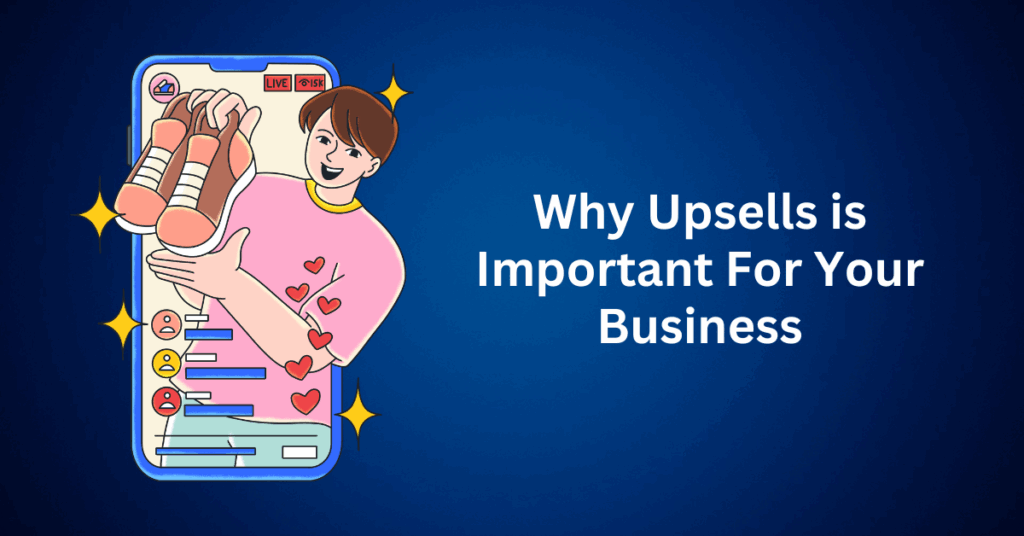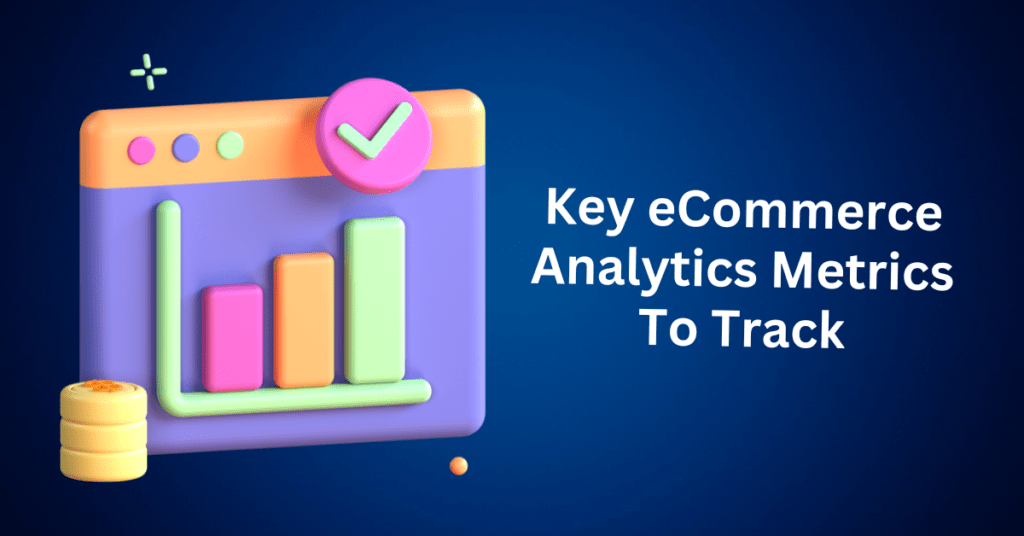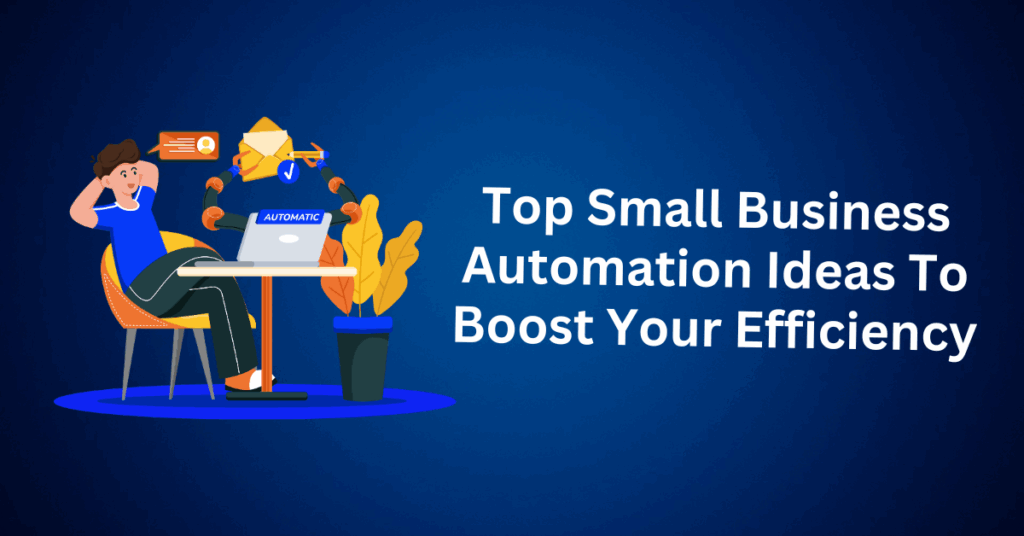Every entrepreneur shares a common ambition: to grow their business and increase profits. But in an increasingly competitive digital landscape, simply making sales isn’t enough. The real challenge lies in doing so sustainably, retaining existing customers, building loyalty, and increasing customer lifetime value. One of the most powerful yet often underused strategies to accomplish this? Upsells and cross-sells.
What Is Upsells, and Why Does It Matter?
Upselling is the art of guiding a customer toward purchasing a more advanced, feature-rich, or premium version of the product or service they’re already considering. Rather than pushing an entirely different solution, upselling enhances the original purchase by adding greater value.
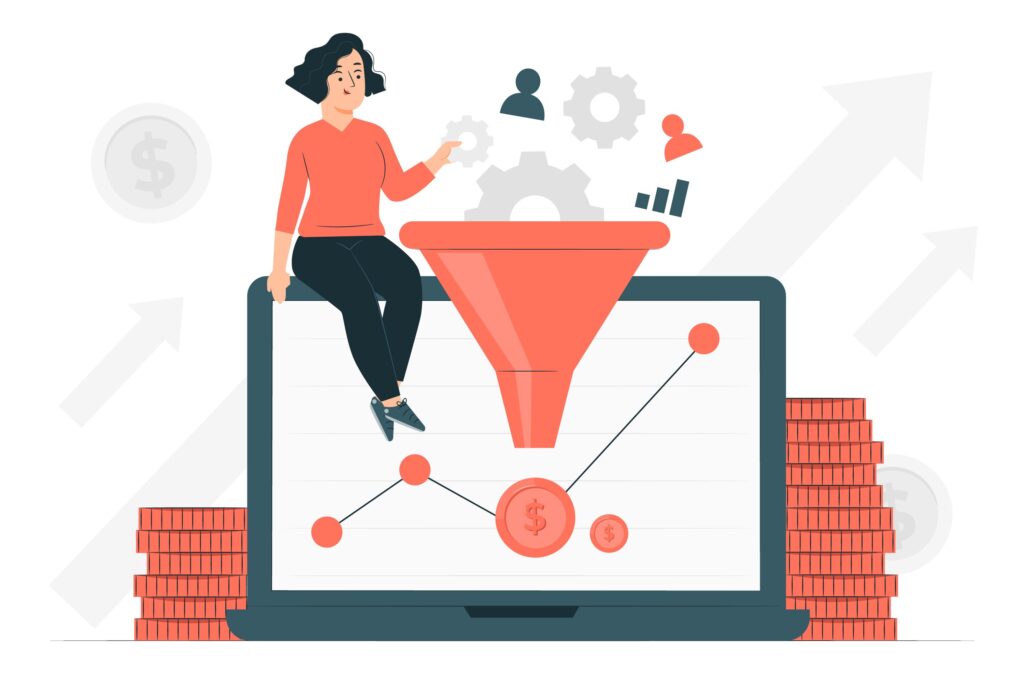
Example: If a customer is about to purchase a basic website hosting plan, suggesting an upgrade to a faster, more secure managed WordPress plan is a classic upsell. It meets the customer’s core needs while delivering better performance, tools, and support, often for just a little more.
In contrast, cross-selling involves recommending related or complementary products. For instance, if someone is buying a camera, offering a tripod, memory card, or extended warranty at checkout is cross-selling.
Together, these strategies create a more personalized shopping experience and open up significant revenue opportunities.
Why Upsells Is More Effective Than Ever Now
The digital marketplace has changed dramatically. Consumers are more informed, expectations are higher, and convenience is everything. In 2025, upselling isn’t just a tactic. It’s a critical part of a customer-centric growth strategy.
Here’s why upselling delivers big results in today’s environment:
1. Hyper-Personalized Recommendations
Thanks to advanced analytics and AI-powered tools, businesses can track user behaviour, preferences, and purchase history to tailor upsell offers in real time. Personalized upsells feel less like sales pitches and more like helpful suggestions.
2. Improved Customer Experience
Modern upselling strategies prioritize value, not just price. Offering an upgrade with faster delivery, enhanced support, or better performance solves problems and deepens trust. When customers feel understood, they’re more likely to say yes.
3. Optimized Checkout Experiences
Ecommerce platforms in 2025 are built with upselling in mind. Smart checkout flows can suggest premium options, bundles, or extended services seamlessly, without interrupting the buying process.
4. Higher Customer Lifetime Value (CLV)
Upselling the right products at the right time increases the overall value of each customer. Engaged buyers who benefit from premium offerings are more likely to return, renew, or refer others, boosting your bottom line over time.
5. Lower Acquisition Costs
Acquiring new customers is expensive. Upselling to your existing customer base, people who already trust your brand, is a cost-effective way to increase revenue without additional ad spend.
Bonus Stat: Businesses that implement strategic upselling techniques see revenue increases of 10–30% per customer on average when executed at the right moment.
Cross-Sell vs. Upsells: What’s the Difference and When to Use
If you’re looking for smart ways to increase your revenue without spending more on customer acquisition, upselling and cross-selling are two of the most effective strategies available. While they’re often used interchangeably, they serve very different purposes and knowing when to use each one can make a huge difference in your bottom line.
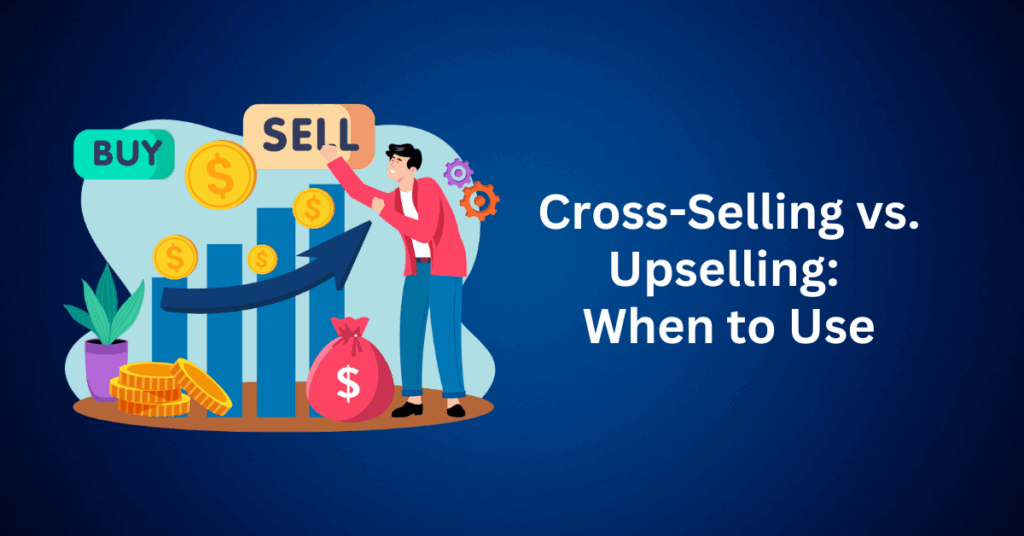
Let’s explore what sets these two tactics apart and how to use them strategically to boost both sales and customer satisfaction.
Here’s a visual breakdown to help you instantly spot the difference between these two powerful sales techniques:
| Element | Cross-Selling | Upselling |
| Definition | Recommending related or complementary products | Suggesting a higher-end version of the current selection |
| Primary Goal | Increase value by expanding the order | Increase value by enhancing the product choice |
| Focus | Add-ons, services, or supporting tools | Premium features, upgraded tiers, better functionality |
| Example | Adding SEO tools, SSL certificates, or backups | Upgrading from Shared Hosting to Managed WordPress Pro |
| When It Happens | Often during checkout or after cart selection | Typically during product selection or a decision point |
| Customer Benefit | Convenience, complete solution, improved functionality | Better performance, advanced features, increased value |
| Business Benefit | Higher total cart value from multiple products | Higher average order value from upgraded purchases |
| Bluehost Use Case | Hosting + email tools + domain privacy add-ons | Shared plan → WordPress Pro with more speed & support |
Upsells vs. Cross-Sells: Which One Should You Use?
Both upselling and cross-selling play important roles in a strong sales strategy, but they serve slightly different purposes. Upselling increases the value of a single product or service, while cross-selling enhances the entire shopping experience by adding related items.
When used together, they amplify each other’s impact. For example:
- Upsell a customer to a premium subscription plan.
- Then cross-sell them an add-on toolkit or personalized service package.
The key is timing and relevance. Irrelevant or poorly placed offers can feel pushy. But helpful, well-timed suggestions lead to smoother conversions and happier customers.
Why Upsells Should Be a Core Part of Your Sales Funnel Strategy
If you’re looking to increase revenue, maximize customer value, and streamline your sales process, upselling deserves a permanent spot in your sales funnel strategy. More than just a revenue booster, upselling creates smarter buying experiences that benefit both your customers and your bottom line.
When implemented strategically, upselling helps move prospects through the funnel more efficiently while boosting average order value (AOV), strengthening customer loyalty, and reducing acquisition costs.
Let’s break down exactly why upselling is essential to a high-performing funnel and how it supports growth at every stage.
1. Increase Average Order Value (AOV) and Maximize Revenue
Upselling works by presenting customers with a higher-tier option at strategic points in the sales journey. This could mean suggesting an upgrade just before checkout or highlighting added benefits early in the decision-making process. The key is to clearly showcase the additional value, convenience, or functionality that comes with the upgrade. When done well, this approach helps customers feel confident in their decision to invest a little more for significantly better results.
Effective upselling doesn’t push. It guides. The goal is to demonstrate how an upgraded solution addresses more of the customer’s needs or provides a faster, more efficient path to their goals. When positioned this way, upselling not only boosts revenue per customer without increasing traffic but also enhances the perceived value of your offerings. Ultimately, this leads to stronger customer satisfaction and better outcomes.
2. Improve Funnel Conversion Rates with Strategic Upsells
Upselling isn’t just about raising prices. It’s about optimizing the buyer journey. A high-converting sales funnel relies on relevant, well-timed offers that align with customer intent. By introducing upsells at the right moments, you can significantly improve your overall conversion rate without disrupting the customer experience.
This approach matters because when a buyer is already considering a solution, presenting an upgraded option feels like a logical, informed next step. Strategic upselling allows customers to envision better results and greater value, which boosts their confidence in making a purchase. When these offers are introduced with proper timing, such as during mid-funnel product comparisons or as late-funnel checkout enhancements, they support decision-making without adding friction.
The benefits are clear: buyers enjoy a smoother decision-making process, engage more deeply thanks to personalized recommendations, and are more likely to convert from existing funnel traffic. Ultimately, upselling becomes a tool for guiding customers toward smarter choices while increasing your bottom line.
3. Reduce Customer Acquisition Costs (CAC) Through Retention and Loyalty
One of the most overlooked advantages of upselling is its ability to lower customer acquisition cost (CAC). Selling to an existing customer is significantly more cost-effective than acquiring a new one, and upselling makes that strategy even more powerful. By offering relevant upgrades that deliver added value, you not only increase immediate revenue but also deepen the relationship with your customer.
This approach fosters loyalty and strengthens the customer experience, making buyers more likely to return. Over time, it results in more repeat purchases, higher retention rates, and less dependence on continuous lead generation efforts. Instead of always chasing new prospects, you maximize the potential of those you’ve already earned.
The key benefits are clear: upselling helps you increase the lifetime value of each customer, lower your CAC by generating more revenue from your current client base, and build brand loyalty through personalized, meaningful offers. And here’s a powerful reminder. Acquiring a new customer can cost up to five times more than retaining an existing one. Upselling isn’t just a sales tactic; it’s a smart strategy for long-term growth and customer engagement.
Upsells Techniques That Work
The success of any upsell lies in how and when it’s delivered. Customers want value, not pressure. Let’s explore three effective upselling techniques that improve the buying experience and drive measurable growth.
1. Smart Checkout Upsells
The checkout page is one of the most powerful opportunities for upselling. By the time a customer reaches this stage, they’ve already made the decision to buy, making it the ideal moment to introduce a relevant upgrade or enhancement. With their commitment high and intent clear, a well-placed upsell can significantly increase order value without adding friction.
For example, you might offer faster delivery options, an extended warranty, or access to premium customer support. You could also suggest an upgraded subscription plan that includes additional features, or present a limited-time bundle that enhances the value of their purchase. These offers work best when they’re simple, highly relevant, and seamlessly integrated into the checkout experience.
The key is to enhance, not interrupt, the buyer’s momentum. A thoughtful upsell at checkout feels like a natural extension of their decision, helping them get more out of their purchase while boosting your revenue at the same time.
2. Tiered Pricing Packages
Tiered pricing is a powerful upselling strategy that empowers customers to choose the option that best fits their goals and budget. Instead of feeling like a sales pitch, it presents the upsell as a thoughtful choice, giving buyers control while subtly guiding them toward higher-value options.
Common examples of tiered pricing include Basic, Standard, and Premium packages, each offering progressively more features and benefits. By clearly outlining what each tier includes, you help customers easily compare their options and understand the added value of upgrading. When the benefits are well-defined and aligned with customer needs, many will naturally gravitate toward the version that offers the best overall value, even if it comes at a higher price point.
This approach not only increases average order value but also improves the customer experience by making the decision-making process more transparent and confidence-driven. When done right, tiered pricing turns the upsell into a win-win: customers get more of what they need, and your business earns more in the process.
3. Behaviour-Based Recommendations
Leveraging customer data is one of the most effective ways to create personalized upsells that feel natural and genuinely helpful. By analyzing browsing behaviour, past purchases, and engagement patterns, you can tailor your offers to align with each customer’s unique preferences and needs, making the upsell feel like a relevant suggestion rather than a sales tactic.
Examples of behavioural upselling include showing recommendations like “Customers who bought X often upgrade to Y,” suggesting products based on recently viewed items, or offering tailored upgrade paths based on a customer’s purchase history. These data-driven strategies help you present the right offer at the right time, increasing the likelihood of conversion.
When done correctly, personalized upselling doesn’t just boost sales. It also builds trust. It shows customers that you understand them, value their business, and are focused on enhancing their experience. This level of relevance turns upselling into a service, not a pitch, creating long-term loyalty along with higher revenue.
How to Maximize Upsells with Strategic Product Bundling
Product bundling is one of the most effective ways to drive more revenue, increase average order value (AOV), and deliver a more complete experience for your customers. When done right, bundling combines the power of upselling and cross-selling, encouraging buyers to spend more by offering high-value, pre-packaged solutions that meet their needs with ease.
Instead of pitching a single upgrade or add-on, product bundles package related items together at a compelling price, reducing decision fatigue and increasing the perceived value of the purchase. Let’s explore how to use this strategy to turn casual buyers into loyal, high-spending customers.
1. Build Problem-Solving Bundles That Deliver Real Value
The most effective product bundles go beyond simply grouping items together. They offer a clear, outcome-driven solution to a specific customer need. Whether it’s helping someone launch a new website, streamline their workflow, or enhance their security, a well-designed bundle should feel like a complete answer, not just a collection of related products.
For example, a web hosting provider might bundle hosting services with a custom domain, SSL certificate, and SEO tools. This package delivers everything a small business needs to get online quickly and start ranking in search engines, saving the customer time, effort, and guesswork.
The benefits of this approach are significant. Bundles provide convenient, all-in-one solutions that reduce the time customers spend researching individual components. They also increase average order value, as multiple products are purchased in a single transaction. Most importantly, they boost customer satisfaction by supporting buyers with everything they need from the start.
Tip: When creating bundles, think in terms of outcomes, not just features. What transformation is the customer seeking? Build your bundle around that goal, and you’ll deliver real value that feels thoughtful, relevant, and hard to pass up.
2. Use Smart Pricing to Drive Bundle Sales
A crucial element of successful bundling is strategic pricing. The goal is to make the bundle feel like a no-brainer by offering it at a slightly reduced price compared to purchasing each item individually. This perceived savings creates instant value and gives customers a compelling reason to buy more at once.
For example, if three individual tools each cost $100, bundling them together for $250 immediately communicates a $50 savings. That kind of pricing not only attracts value-conscious buyers but also nudges them toward a larger purchase they may not have considered otherwise.
The benefits are clear: strategic pricing drives incentivized purchasing behaviour, boosts conversion rates, and increases average order value, especially when you highlight the savings through upsell prompts or checkout comparisons.
Pro Tip: Make the value impossible to miss. Use clear, side-by-side pricing comparisons in your product pages, landing pages, or checkout flows to emphasize how much customers save by choosing the bundle. When the math is obvious, the decision becomes easy.
3. Boost Retention with Subscription-Based Bundles
If your business operates on a subscription model, bundling services into a single recurring package is a highly effective way to increase both revenue and customer lifetime value (CLV). These subscription bundles encourage long-term relationships by locking in customers for multiple services over an extended period, often with the added appeal of convenience and savings.
For instance, a hosting provider might offer a yearly bundle that includes managed hosting, enhanced customer support, and domain privacy, all packaged together at a discounted rate when paid annually. This kind of offer not only simplifies the buying decision but also delivers ongoing value that keeps customers engaged and loyal.
The benefits are substantial: subscription bundles improve customer retention, reduce churn, and provide predictable, recurring revenue that makes financial planning and forecasting easier. They also appeal to customers who prefer a “set it and forget it” approach, giving them peace of mind with minimal upkeep.
To further boost conversions, consider offering first-year discounts or limited-time promotions. These timely incentives can be the extra nudge customers need to commit to a long-term plan, benefiting both your business and your buyers.
4. Create Urgency with Seasonal and Limited-Time Bundles
Nothing drives customer action quite like urgency, and seasonal or time-sensitive bundles are a powerful way to harness it. By aligning your bundles with holidays, product launches, or flash sales, you create a limited window of opportunity that encourages customers to act quickly, often before they even have time to second-guess their decision.
For example, an eCommerce brand might offer an exclusive “Holiday Essentials Bundle” that includes limited-edition products or bonus gifts, available only during the shopping season. This kind of offer not only adds value but also creates a sense of exclusivity and immediacy that can dramatically increase conversions.
The benefits of time-sensitive bundles are compelling: they capitalize on FOMO (fear of missing out), drive higher conversion rates during peak shopping periods, and boost brand engagement as customers return to check for the latest offers.
To amplify the effect, incorporate countdown timers or highlight limited stock availability. These visual cues reinforce the urgency and push buyers to act now rather than later, making your seasonal campaigns even more impactful.
5. Leverage Cross-Channel Bundling to Expand Your Reach
To maximize the impact of your product bundling strategy, it’s essential to promote bundles across multiple channels. Cross-channel bundling blends online and offline experiences or connects different marketing touchpoints, helping you reach a broader audience and engage customers wherever they prefer to shop.
For example, you might offer a bundle online with the option for free in-store pickup, or include exclusive add-ons available only at physical locations to encourage foot traffic. This kind of approach not only broadens your reach but also creates opportunities for customers to interact with your brand in multiple ways.
The benefits of cross-channel bundling include expanded brand visibility across web, retail, and email platforms, a stronger omnichannel customer experience that boosts retention, and increased customer lifetime value as buyers deepen their relationship with your business.
A key to success here is unifying your messaging and offers across all channels. By delivering a consistent, seamless customer journey from initial awareness through to purchase, you make it easier for customers to choose your bundles no matter where they engage with your brand.
How to Upsells Without Annoying Your Customers
Upselling can be a powerful way to increase your revenue and enhance customer satisfaction, but only when it’s done with care. Push too hard, and you risk turning off customers or even losing the sale. Get it right, and you’ll position your brand as helpful, trustworthy, and value-driven.
So, how do you walk that line? It’s all about subtlety, relevance, and putting the customer first.
Here are five proven techniques to upsell effectively without sounding pushy or salesy.
1. Focus on Value, Not Just Price
The key to upselling that resonates is framing the offer as an upgrade in experience or benefits, not just a more expensive product.
Instead of saying, “Spend $50 more,” show the customer how the upgrade will solve a problem, unlock new features, or save them time. Focus on outcomes, not cost.
Example:
Upgrade from standard to premium hosting = faster site speed, priority support, and better security.
Not: “Pay $15 more per month.”
Why it works: Customers are willing to spend more when they clearly understand the return on their investment.
2. Make It Optional and Effortless
Nothing kills a sale faster than an upsell that feels mandatory or disruptive. Keep your upsell offers as a smooth part of the buying journey, something the customer can easily accept or skip without friction.
Use soft prompts (like checkboxes or toggles) and avoid gating access behind upgrades. Your customer should feel in control of their decision.
Why it works: Easy opt-in options increase conversions while reducing cart abandonment risk.
3. Personalize Every Upsells
Generic upsells are easy to ignore. Personalized upsells feel tailored, thoughtful, and relevant. They convert better.
Leverage customer behaviour, past purchases, or browsing history to recommend upsells that make sense. If someone’s buying a domain, offer SEO tools. If they’re booking a service, suggest add-ons that improve the experience.
Tools to help:
- Purchase history triggers
- Smart product recommendations
- AI-driven segmentation
Why it works: Personalized upsells show the customer that you understand their needs, and that builds trust.
4. Create Value-Added Packages
Rather than pushing a single product upgrade, offer bundled packages that combine products or services for a better price. This feels less like a sales tactic and more like a smart deal.
Example: Instead of “Upgrade your hosting plan,” offer “Get hosting + SSL + email for 20% off with this startup bundle.”
Why it works: Bundles improve perceived value, simplify choices, and naturally increase AOV without making the customer feel upsold.
5. Be Transparent and Clear
Trust is everything in sales. Always explain exactly what the customer gets with an upgrade, no fine print, hidden fees, or confusing upsell popups.
Use clear language, highlight benefits, and reinforce that the upgrade is optional. Transparency reduces resistance and reassures the customer that they’re making an informed decision.
Why it works: Clear upsell offers eliminate confusion and reduce hesitation, two major blockers to conversion.
How Bluehost Helps You Increase Sales with Strategic Product Upsells and Bundles
Running a successful online store isn’t just about launching your website. It’s about optimizing every part of your eCommerce experience to boost revenue and customer satisfaction. One of the most effective ways to do this is through strategic upselling and product bundling. With Bluehost’s WooCommerce hosting solutions, online store owners gain access to a powerful set of tools designed to simplify these processes and maximize profitability.
Whether you’re just starting your eCommerce journey or scaling an existing shop, Bluehost provides the technical foundation and marketing features needed to increase your average order value (AOV), drive conversions, and build long-term customer relationships.
1. Launch Your Store Smarter with All-in-One Hosting + Free Domain
When you choose Bluehost’s WooCommerce hosting, you’re not just getting space on a server. You’re getting an integrated solution that covers every essential to get your store online quickly and effectively. Every new WooCommerce hosting plan comes with a free domain for the first year, making it easier to create a professional web presence without extra upfront costs.
More importantly, this bundled approach streamlines your launch process. With hosting, domain, and WordPress + WooCommerce pre-installed, you avoid tech headaches and can start selling faster.
Key benefits:
- One-stop setup for domain, hosting, and eCommerce tools
- Cost savings with a free domain included for the first year
- Faster time-to-launch for your online store
2. Increase Average Order Value with Built-In Upsell & Bundle Tools
Once your store is live, the next step is increasing the value of each sale. Bluehost’s integration with WonderCart makes this simple. With WonderCart, store owners can easily create upsell campaigns and bundle related products to encourage customers to spend more.
Whether it’s suggesting premium product upgrades, bundling complementary items, or offering post-purchase add-ons, WonderCart is designed to help you boost AOV and enhance the shopping experience at every stage of the funnel.
Key benefits:
- Seamlessly add upsell or cross-sell offers to product pages and checkouts
- Build attractive product bundles with minimal setup
- Create personalized shopping experiences that encourage larger purchases
3. Improve Store Visibility with SEO and Marketing Add-ons
Driving traffic to your store is critical for upselling opportunities. Bluehost offers powerful SEO and marketing add-ons to help you attract more visitors and convert them into paying customers. Tools like Yoast SEO help you optimize product pages, blog content, and metadata so your site ranks better in search results.
Plus, with premium email services, you can set up a professional business email address and run marketing campaigns to follow up with potential customers, offer exclusive deals, and build brand loyalty.
Key benefits:
- Boost organic traffic through on-page SEO optimization with Yoast
- Build trust with branded email addresses
- Increase repeat purchases through targeted follow-up communication
4. Design a High-Converting Storefront with eCommerce Themes and Blocks
The look and functionality of your online store play a major role in whether customers make a purchase. Bluehost provides access to WonderTheme and WonderBlocks, which make it easy to create a beautiful, responsive storefront tailored for eCommerce success.
Choose from a library of professionally designed templates and content blocks that are mobile-friendly and conversion-focused. These tools help you highlight featured products, upsells, or limited-time bundles in a visually compelling way.
Key benefits:
- Easy drag-and-drop design tools, no coding needed
- Mobile-optimized layouts that improve usability and performance
- Built-in features to highlight promotions and increase conversions
5. Upgrade to WordPress Pro for Advanced Performance and Flexibility
As your business grows, so do your technical needs. Bluehost offers WordPress Pro hosting plans tailored for high-traffic WooCommerce stores that require faster speeds, enhanced security, and more customization.
These upgrades ensure your store not only runs smoothly but also supports more sophisticated upsell strategies, like dynamic pricing, personalized product recommendations, or multi-step sales funnels.
Key benefits:
- Superior site performance with faster load times and server resources
- Access to premium features for complex store functionality
- Advanced security and scalability for growing businesses
6. Protect Customer Trust with Security and Backup Enhancements
Nothing is more important than earning your customers’ trust, especially when handling sensitive data like payment information. Bluehost makes it easy to secure your site with SSL certificates, automated backups, and advanced website security tools.
These add-ons aren’t just nice-to-haves; they’re essential for maintaining uptime, preventing data loss, and assuring customers that their information is safe. Offering these as upsell options allows you to turn security into a value-added service that benefits your brand.
Key benefits:
- Protect your store and customer data from threats
- Automate backups to safeguard your business
- Enhance customer trust with visible security measures
Final Thoughts: Why Upsells is Important For Your Business
Upselling isn’t just a sales tactic. It’s a strategy rooted in adding meaningful value to your customers’ shopping experience. When done right, it’s not about pushing more products; it’s about helping your customers discover solutions that truly meet their needs, simplify their journey, and elevate their results.
By focusing on relevance, personalization, and quality, effective upselling can drive not only higher revenue but also deeper customer satisfaction and long-term loyalty.
Bluehost goal is to empower online entrepreneurs with the tools they need to thrive. From our all-in-one hosting and free domain bundles to advanced features like WonderCart, SEO integrations, and premium design themes, everything we offer is designed to support smarter selling and sustained business growth.
Whether you’re just launching or scaling to the next level, Bluehost’s WooCommerce hosting gives you the infrastructure and innovation to grow confidently and profitably.
Ready to take your online store to the next level?
Explore Bluehost WooCommerce Hosting and unlock the tools you need to boost sales, build trust, and scale your eCommerce success.
